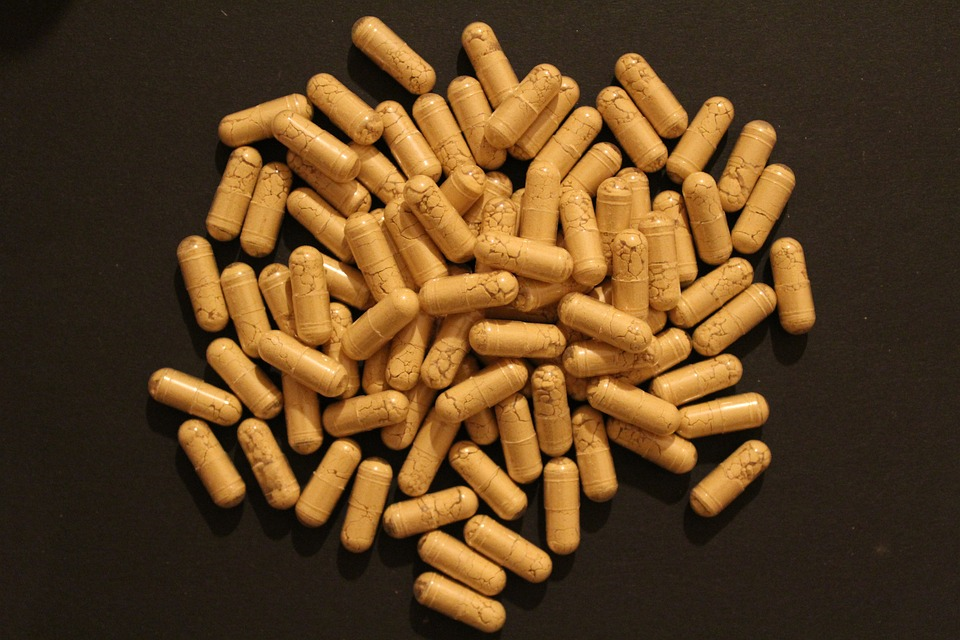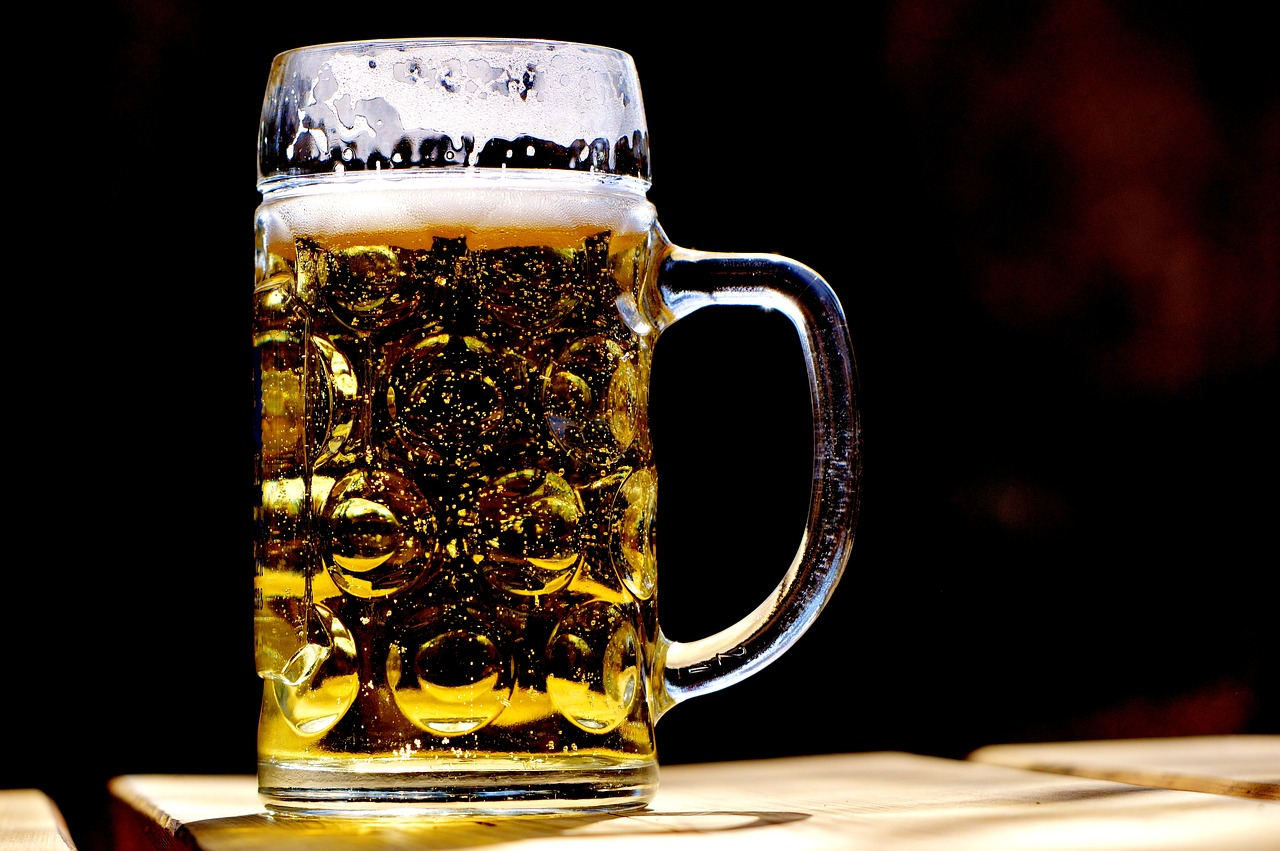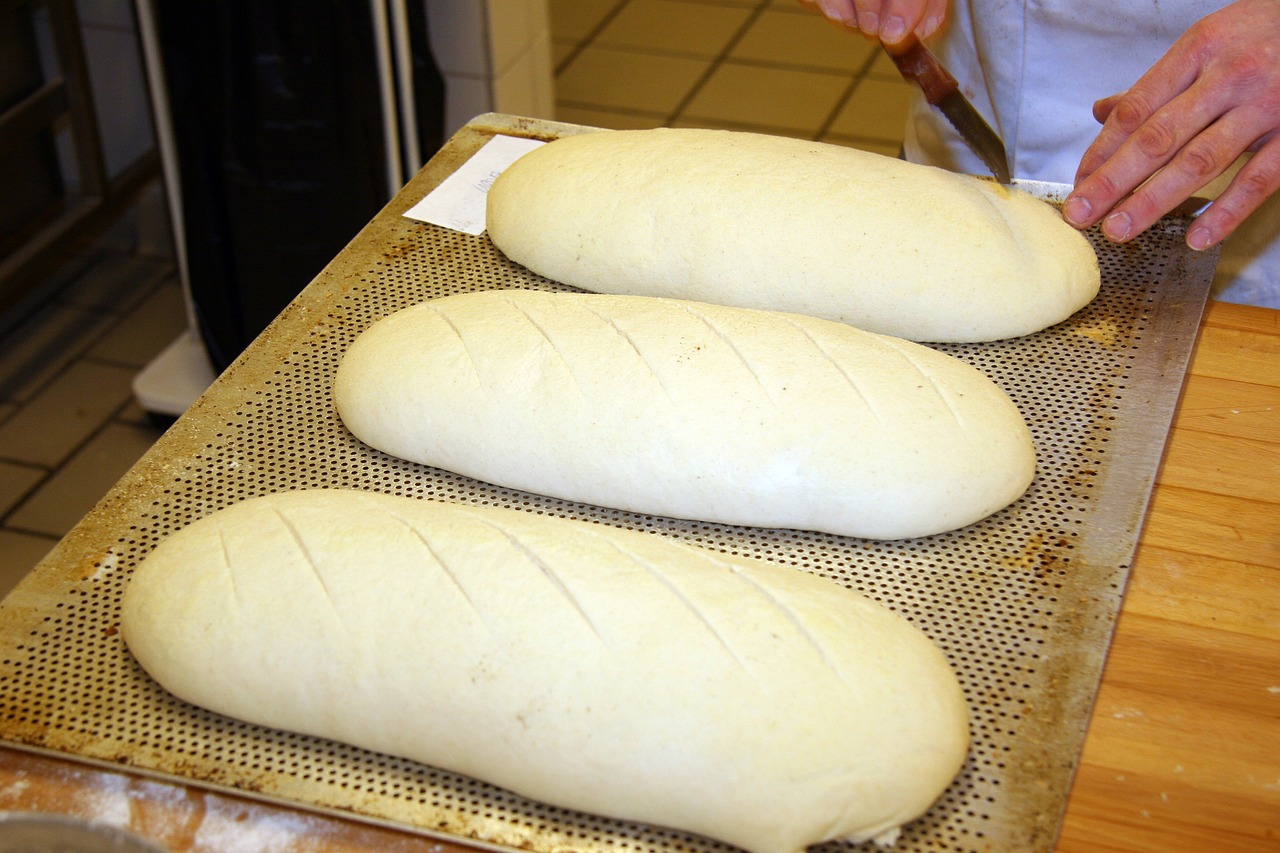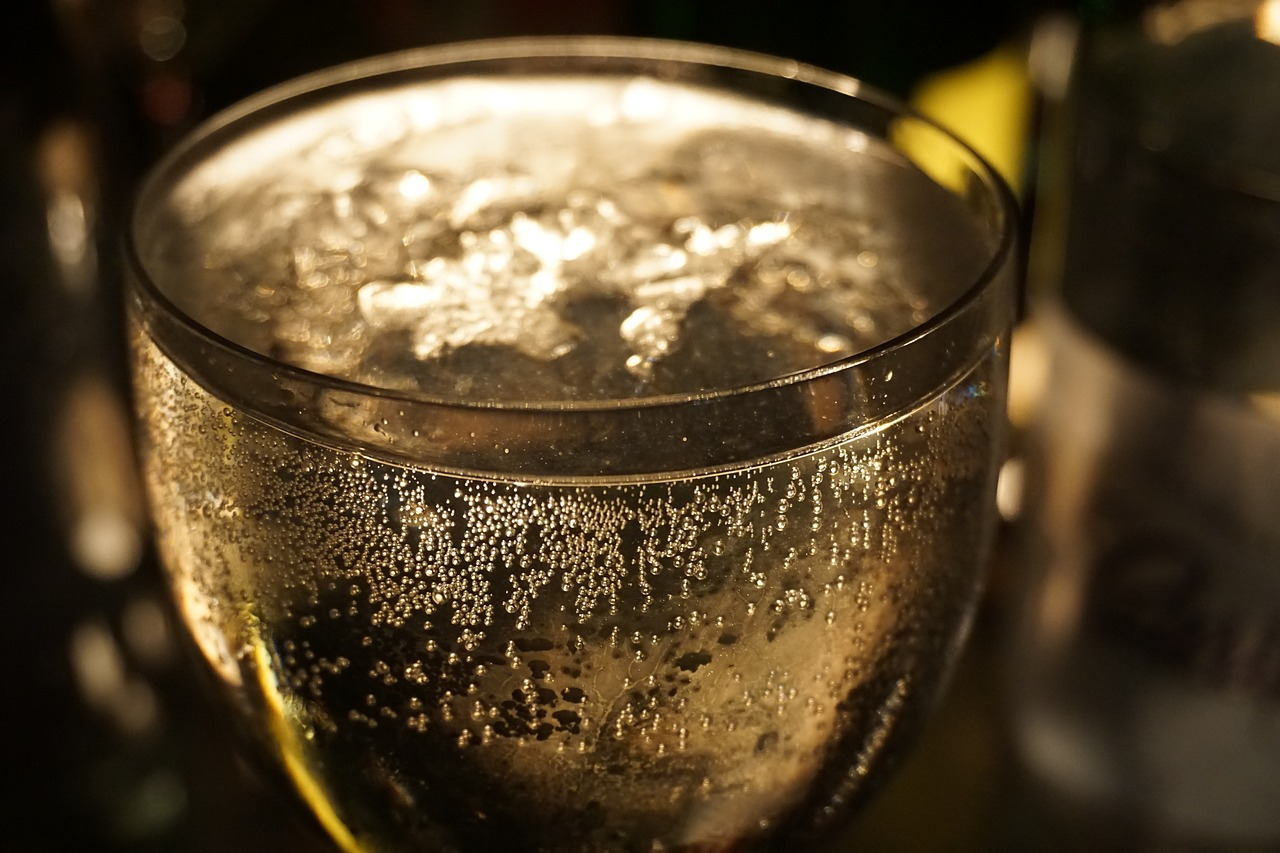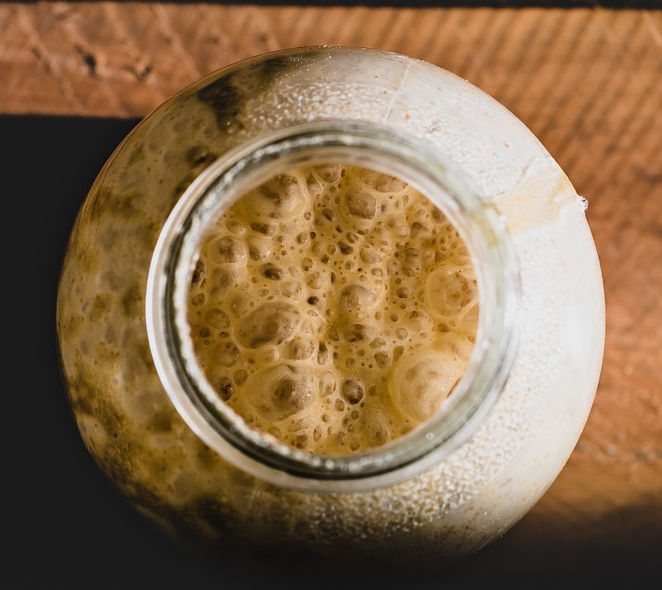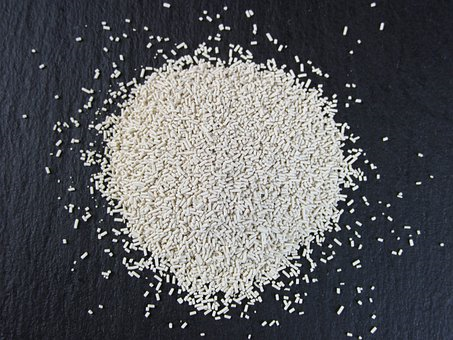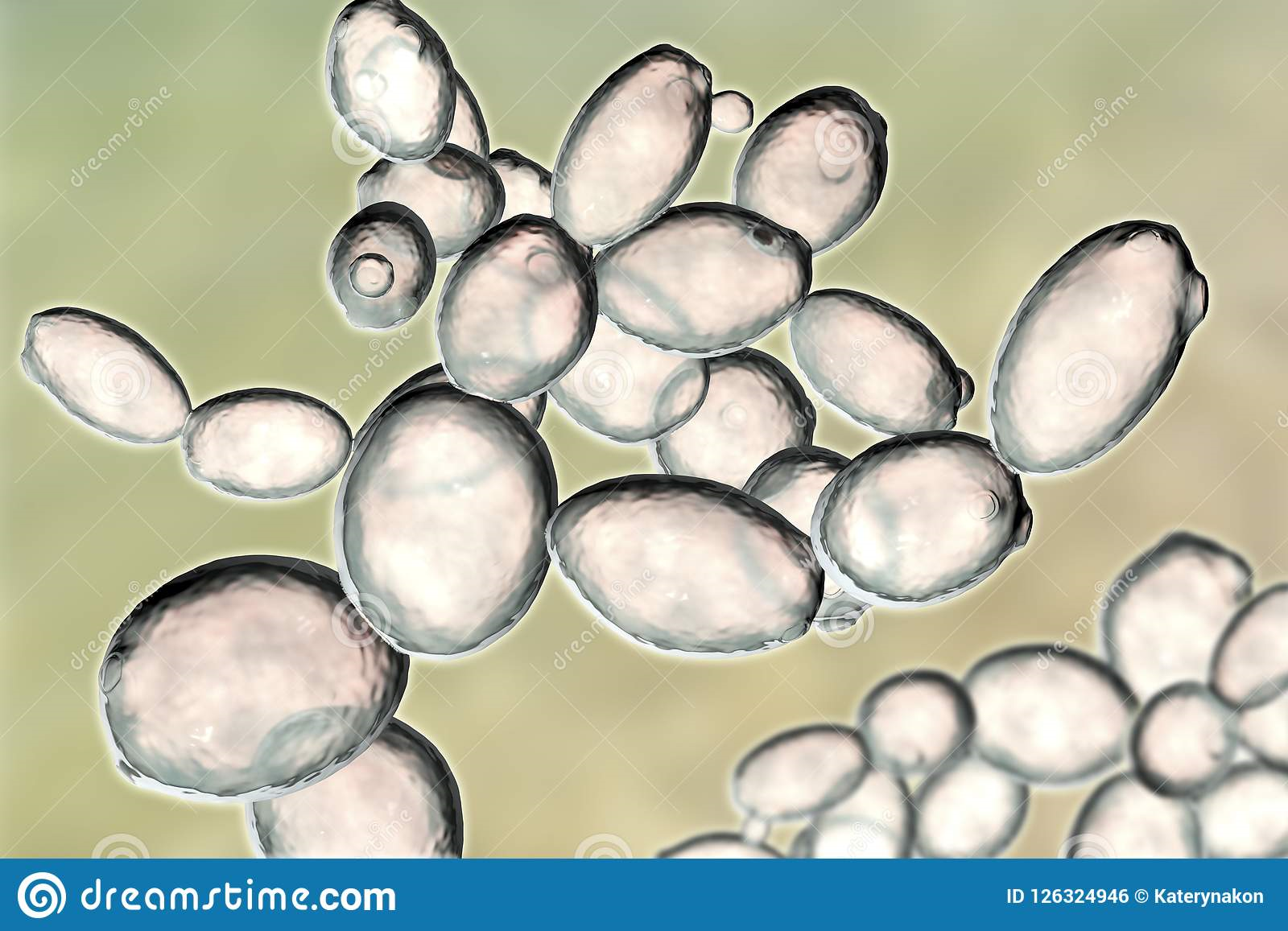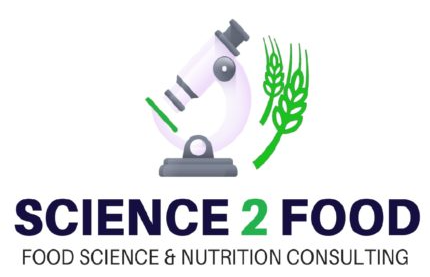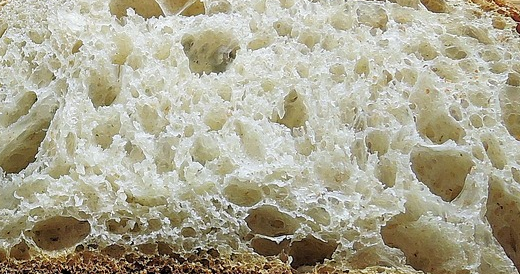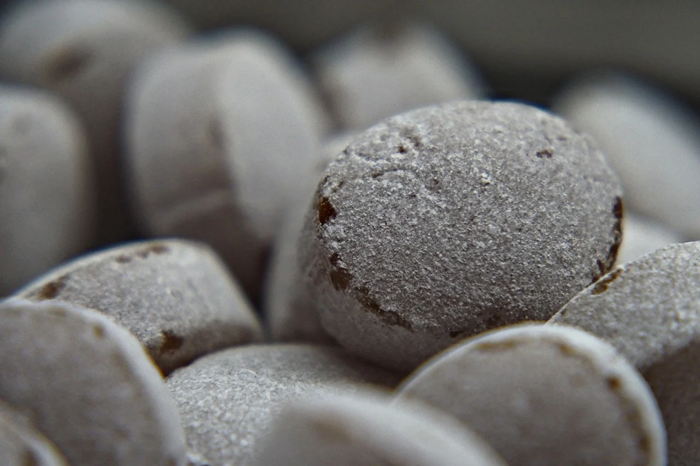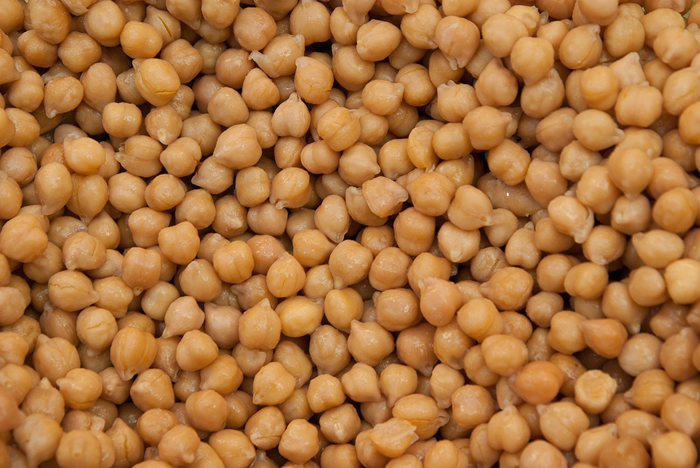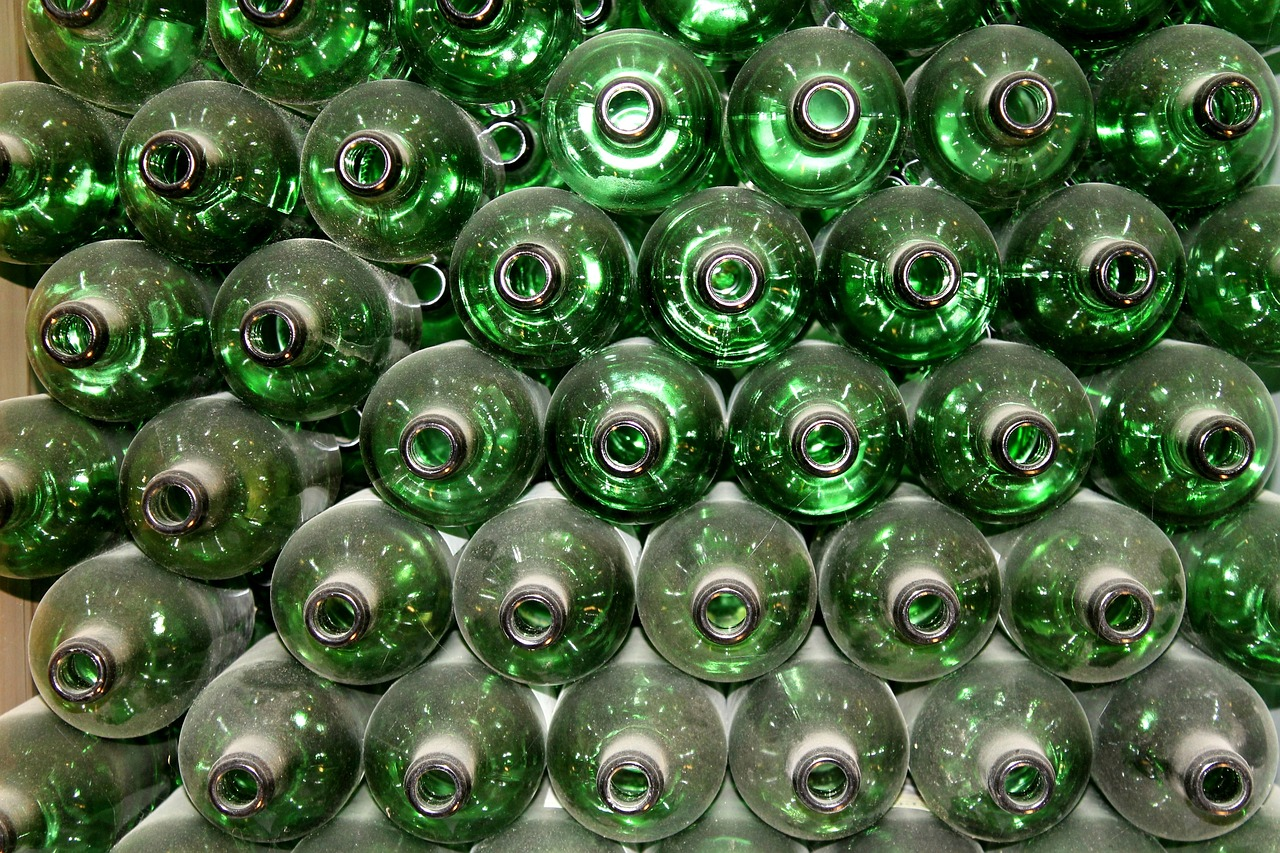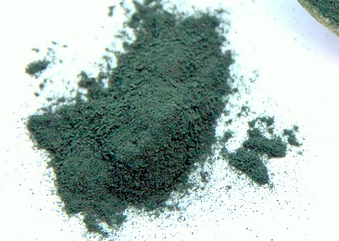Baker Yeast
We will only talk about real biological yeast. This is not the place to talk about other leavening agents such as baking soda. These powders are mixes of salts (sodium bicarbonate, ammonium bicarbonate, etc.) providing gas for dough expansion during baking.
Brewer or Baker yeast are from the same species, Saccharomyces cerevisiae. They are often available under two forms:
- Active/Alive yeast used for fermentation.
- Deactivated yeast used for ingredients properties and as food supplement.
Another « yeast » is well known and used for decades, this is the probiotic yeast, Saccharomyces boulardii, a probiotic. This yeast is an historical variant of Saccharomyces cerevisiae. In many countries this probiotic yeast is part of drug and pharmaceutical products.
Yeast is part of fungi, and even if fungi are studied in botanical courses, they are not part of plant world. There is a specific fungi kingdom together with animal kingdom, plant kingdom, monera kingdom (Bacteria), and Protists kingdom (amoeba, zooplankton).
In the fungal world, baker yeast is part of Ascomycetes a group including part of the unicellular fungi.
Active yeast used for fermentation:
Brewer or Baker Yeast, Saccharomyces cerevisiae, is the most common. We find this species in almost all plant fermented products: bread, beer, wine, cider.
Occurrence of this yeast in traditional fermented products is dues to its huge enzymatic arsenal. This large range of enzymes is key to assimilate a large range of plant substrates sources of many complex polysaccharides.
Baker yeast is an all-terrain organism able to grow with or without oxygen.
Under oxygen, yeast grow through respiratory metabolism. Yeast grows very quickly when producing water, energy and carbon dioxide from sugar and oxygen.
Without oxygen, yeast grows through fermentative metabolism producing alcohol, carbon dioxide and energy from sugar. The fermentative way is ten time more expensive that the respiratory one. However, this fermentative way is the most interesting to elaborate specific food products.
Gas production is key for dough leavening for bread, Viennese pastries and for foam production in beer, sparkling wines, and ciders).
Alcohol production is the bases of all wine and spirits industry.
We shall not forget that alcoholic fermentation is related to secondary metabolites production. Secondary metabolites are source of flavors in fermented products (ketones, aldehydes).
.
Deactivated yeast :
Deactivated yeast comes from baker yeast. Though thermal treatment, cells are deactivated. They lose their fermentative power.
Deactivated yeast is distinct from yeast extract. For yeast extract production, cells are autolyzed to release their content which is used as aroma source.
Deactivated yeast is found in many applications, either as food ingredient, dietary product or food supplement.
Food ingredient:
Deactivated yeast is incorporated to cereal products doughs for its reducing agent effect. This effect is key in industrial bakery to facilitate dough stretching. When gluten network is too elastic, a reducing agent (like glutathione) is needed to make sur all bread pieces will have the same length. This is also used when dough extensibility is required for a better forming. For this reason, deactivated yeast is often used in bread, pizza, refrigerated doughs.
Dietary products :
At dietary product shelf, deactivated yeast is found under various forms and names: Dietetic yeast, brewer yeast, malted yeast, yeast flakes, yeast powder, yeast spangles, yeast capsules.
In this case, yeast nutritive value is determinant. Yeast is natural source of vitamins from B group , minerals (calcium, copper, iron, magnesium, phosphorus, potassium and sulfur) and proteins (including 8 essential amino acids).
Deactivated yeast is used as condiment to sprinkle on dishes. For yeast bitterness reduction, deactivated yeast is often mixed with barley malt to sweeten the taste. Debittered yeast is also available in the market.
Food supplements :
Food supplements build on deactivated yeast natural properties. Claims on specific benefit are made. For instance, Copper, B group vitamin richness support claims on nails and hairs health.
There are 2 types of food supplements based on yeast on the market.
First, enriched yeast. These are grown to store nutrients into their cells. Selenium enriched yeast are well known. Few other specific yeasts enriched in chromium of Vitamin D are also available.
Finally, the big chunk of the market is mad of yeasts mixed with vitamins or minerals in the culture media just before filtering and drying.
These are called “nutritional yeast”. These yeasts are sold as food supplement to address specific issues with benefits like antioxidant and vitality.
